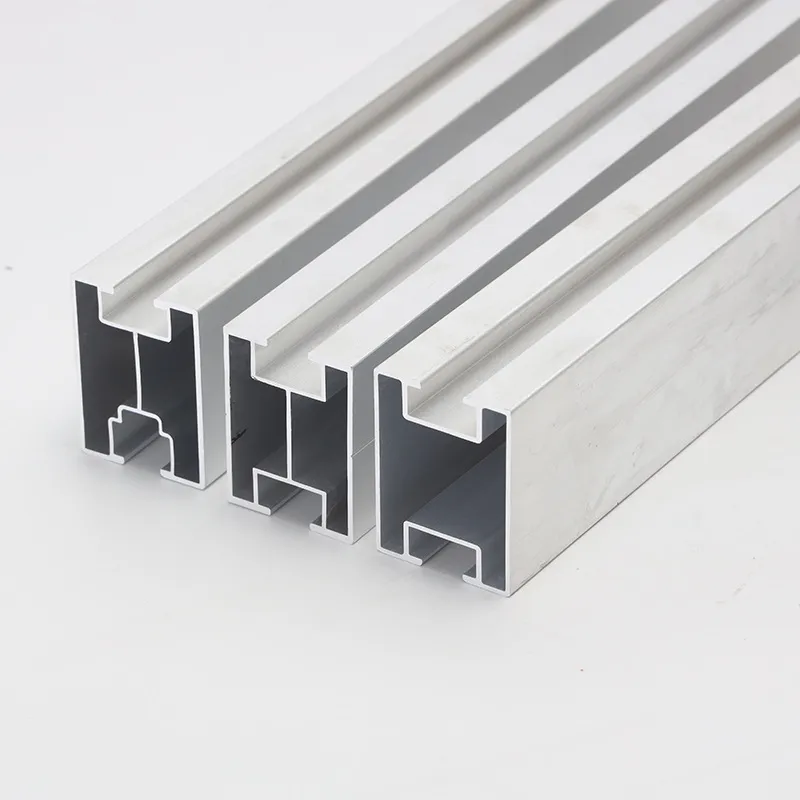

Innovative Solar Rail Brackets Designed for Optimal Performance and Easy Installation in Your Projects
Aug . 09, 2024 05:15 Back to list
Innovative Solar Rail Brackets Designed for Optimal Performance and Easy Installation in Your Projects
Solar Rail Brackets Enhancing Solar Panel Installation Efficiency
As the world increasingly turns towards renewable energy sources, solar energy has emerged as a leading alternative to traditional fossil fuels. The installation of solar panels has become more prevalent, requiring efficient and reliable solutions for mounting these systems. One such solution is the use of solar rail brackets, essential components that help secure solar panels in place. This article will explore the importance of solar rail brackets, their various types, and the benefits they offer to both installers and homeowners.
What Are Solar Rail Brackets?
Solar rail brackets are specialized hardware designed to support and secure solar panels to rooftops or ground-mounted racking systems. They play a crucial role in stabilizing solar panels, ensuring that they remain in the optimal position for maximum sunlight exposure. These brackets are typically made from durable materials such as aluminum or stainless steel, which resist corrosion and can withstand harsh weather conditions.
Types of Solar Rail Brackets
There are several types of solar rail brackets, each designed for specific installation scenarios
1. Rail-Mounted Brackets These brackets attach directly to the solar mounting rails. They are ideal for installations where panels need to be aligned perfectly in rows. Rail-mounted brackets can accommodate different solar panel sizes and orientations, making them versatile for various solar projects.
2. Ground-Mounted Brackets For solar arrays installed on the ground, ground-mounted brackets offer the necessary support and stability. These brackets are typically heavier and designed to anchor the panels against the wind and other environmental forces. They are suitable for larger solar farms or residential setups with available land.
3. Roof-Mounted Brackets When installing solar panels on rooftops, roof-mounted brackets are used. These brackets can be either penetrating, which require drilling into the roof for secure attachment, or non-penetrating, providing a way to mount panels without compromising the roof integrity. Choosing the right type depends on the roof's structure and the installation requirements.
4. Adjustable Brackets Some solar installations may require brackets that offer adjustability in terms of tilt and orientation. Adjustable brackets allow installers to maximize the solar panel's exposure to the sun throughout the year, thus enhancing energy efficiency.
solar rail brackets

Benefits of Using Solar Rail Brackets
The use of solar rail brackets in solar panel installations provides numerous benefits
- Stability and Security Properly installed solar rail brackets ensure that solar panels remain stable and secure, even during extreme weather conditions. This reliability is vital for maintaining the integrity and performance of the solar system over time.
- Efficiency Solar rail brackets facilitate quicker installation by streamlining the mounting process. Installers can save time and labor costs, making solar deployment more efficient.
- Versatility With various types of solar rail brackets available, they can be adapted for different solar panel configurations and installation environments, ensuring compatibility with a wide range of projects.
- Cost-Effectiveness By enhancing the durability and security of solar installations, solar rail brackets can reduce maintenance costs and potential damage repairs in the long run.
- Improved Aesthetics Quality solar rail brackets are designed to integrate seamlessly with solar panels, contributing to a cleaner and more organized appearance for solar installations.
Conclusion
In conclusion, solar rail brackets are indispensable components in the installation of solar energy systems. Their ability to provide stability, enhance efficiency, and adapt to various installation scenarios makes them vital for both residential and commercial solar projects. As the demand for renewable energy solutions continues to rise, the importance of reliable mounting systems like solar rail brackets will only grow, paving the way for a more sustainable future.
Latest news
-
Hot Dip Galvanized Bolts-About LongZe|High Strength, Corrosion Resistance
NewsJul.30,2025
-
High-Strength Hot Dip Galvanized Bolts - Hebei Longze | Corrosion Resistance, Customization
NewsJul.30,2025
-
Hot Dip Galvanized Bolts-Hebei Longze|Corrosion Resistance&High Strength
NewsJul.30,2025
-
High-Strength Hot-Dip Galvanized Bolts-Hebei Longze|Corrosion Resistance&High Strength
NewsJul.30,2025
-
Hot Dip Galvanized Bolts-Hebei Longze|Corrosion Resistance&High Strength
NewsJul.30,2025
-
Hot Dip Galvanized Bolts - Hebei Longze | Corrosion Resistance, High Strength
NewsJul.30,2025

